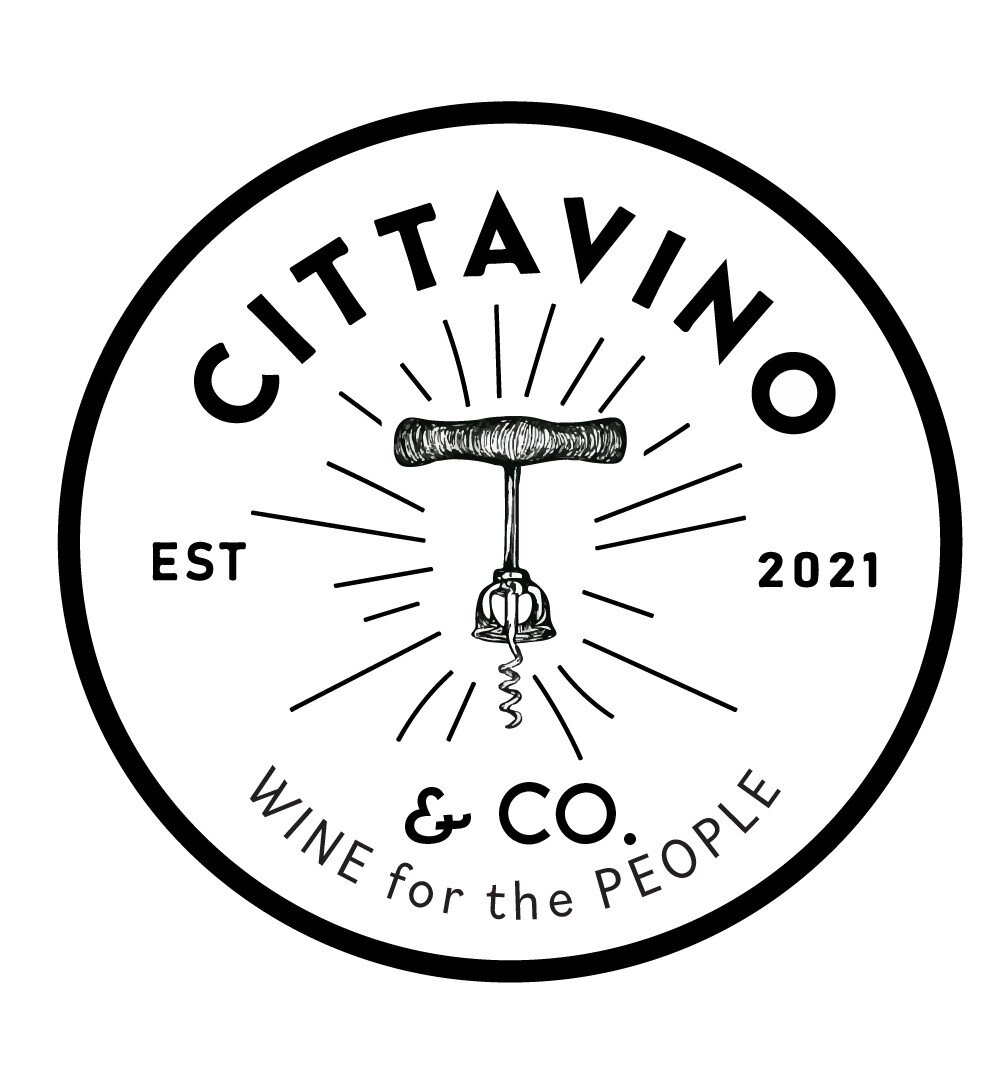ALCAMO DOC
THE NAME
The town or municipality of Alcamo itself is in the province of Trapani, just at the confines of the province of Palermo. The origins of the name are unknown, but there is speculation that the name comes from the Arab word, al-qama, "muddy earth" or "rich soil" or is named after an Arab official that founded the city, al-Qāmūq.
The DOC was established in 1972, fairly early considering the Italian wine classification system was not in use until 1963. It was initially for white wine and while it is still best known for white production, it now encompasses both rose’ and red wines.
THE LAND
The territory of the Alcamo D.O.C. extends to 9 communes both in the Trapani and Palermo provinces: Calatafimi, Castellammare del Golfo, Gibellina in the province of Trapani and Balestrate, Camporeale, Monreale, Partinico, San Cipirello, San Giuseppe Jato in the province of Palermo. The climate is warm mediterranean. Winter temperatures rarely drop below 45F and Summer temperatures usually do not exceed 85F. Rainfall for the year averages between 500-600mm.
When the Africa and Eurasia plates collided and formed the Hyblean Plateau in southeastern Sicily, there was also disruption in western Sicily. Some geologists believe that portions of the same carbonate base in the Monti Iblei surfaced in areas as far West and North as Alcamo. Whether or not it’s the exact same stuff from the same time period, we don’t exactly know. But what we do know is that there is a fair amount of calcium carbonate in the Alcamo DOC, in addition to marine clays, organogenic limestone (shells of invertebrates that deposit on the seabed and become consolidated into rock), marls and sand.
Although a coastal city, the grape growing region does have a spectrum of altitudes, as the DOC reaches parts of the Sicilian Apennines, especially those surrounding Monte Bonifato in Alcamo, and those further into Palermo where it is consistently more mountainous.
THE GRAPES
The denomination is historically known for its white wines and they can be made from both local and international grapes: Catarratto, Grillo, Grecanico, Inzolia (Ansonica), Müller Thurgau, Sauvignon Blanc, and Chardonnay. In fact, an Alcamo DOC white can be made entirely from either Chardonnay or Sauvignon Blanc. Yes, we’re raising eyebrows over here. While it does have a reputation for quality whites, the fact that an additional Alcamo Classico DOC emerged to include only native grapes, with a focus on the Catarratto varietal, gives us some insight into the wine politics of the area. Clearly enough winemakers were interested in tightening up the DOC rules and aligning the DOC with indigenous grapes. The Classico zone is smaller, within the larger DOC, and the grapes used in the wine can not come from less than 250m asl.
A wine labeled Alcamo Rosso DOC must be made with at least 60% Nero d’Avola, followed by 40% of any of the following: Nerello Mascalese, Sangiovese, Frappato, Perricone, Cabernet sauvignon, Merlot, and Syrah.
